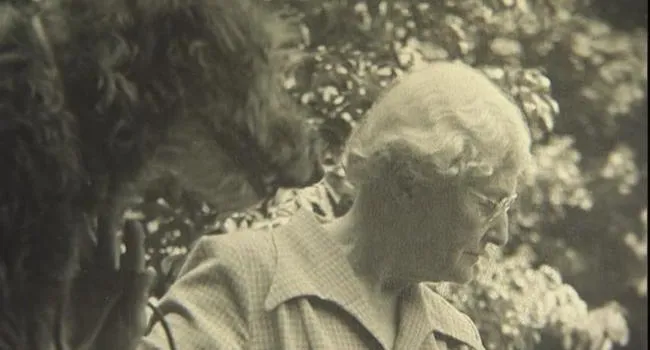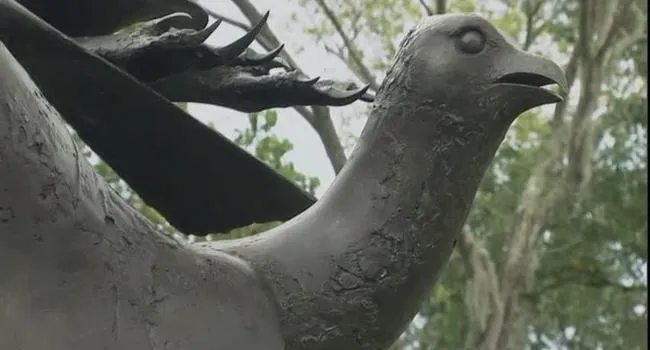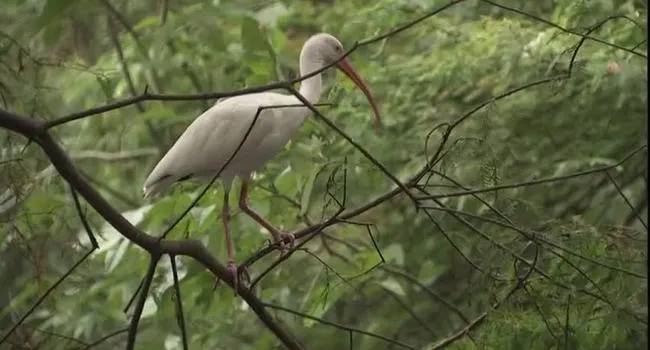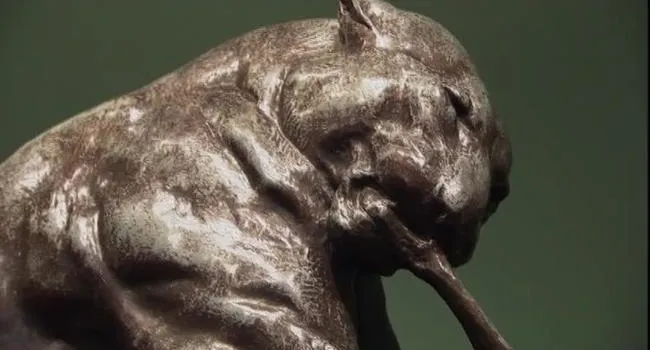The former rice plantations of the Waccamaw Neck began selling at bargain prices. A group of sportsmen bought Springfield, Laurel Hill, Brookgreen and The Oaks to use as a hunting preserve. They combined them to form the Brookgreen Gun Club.
Author Julia Peterkin, daughter of one of the club’s sponsors, portrayed the area and the Gullah people in her novels, In 1929 she won a Pulitzer Prize.
Brookgreens next transformation took place in the 1920s when Anna Hyatt met Archer Huntingon. Born in 1876, Anna came from a family that supported her interest in animals and the arts. Her mother and sister were both artist and her father was a professor of paleontology. She used her knowledge and photographic memory to create her self-taught sculptures. The transcontinental railroad was the source of Archer Huntington’s wealth. His mother introduced him to European art at a young age. Archer devoted his time to the arts and establishing museums. Anna met Archer in 1921. The two served on a committee for the Natural Sculpture Society. She was 47 and he was 53 when they married.
The Huntingtons discovered Brookgreen in 1929. Anna had developed tuberculosis and they wanted to get away from the cold northern winters. They purchased 6600 acres of land at Brookgreen for $225,000. Throughout the 1930s they purchased more land until they owned 9,127 acres of forest, beach and riverfront property.
The Huntingtons’ vision for Brookgreen Gardens as a place to exhibit American figurative sculpture outdoors amidst native plants and animals began to materialize. Anna designed the garden in the shape of a butterfly and opened it to the public in 1932.





